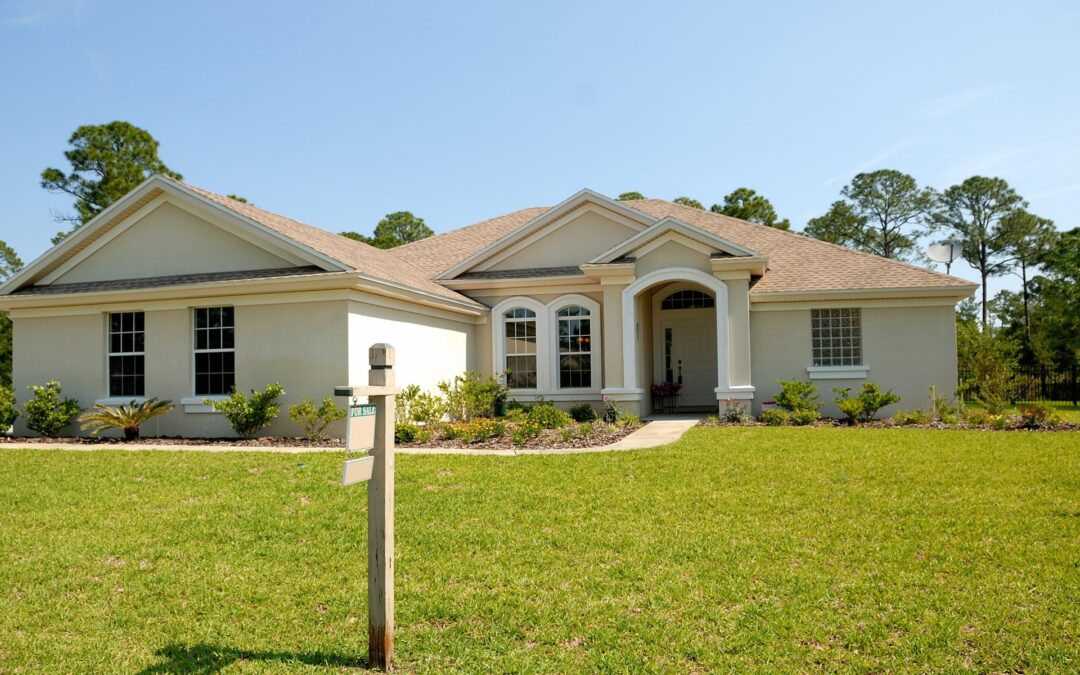
How VR Is Changing the Real Estate Landscape
For those in need of new real estate, the process of finding, selecting and committing to a property can be one peppered with a vast amount of challenges. Buyers can ease into the process with use of full service sites such as Redfin, which offer a myriad of options that can help in this, often, very complex task.
According to National Association of Realtors research, 95% of customers search for real estate online and 51% of them find their homes through these means.
Indeed the online world offers many options and tools for an in-depth and thorough search for properties, and buyers are, evidently, taking full advantage.
Virtual Reality Real Estate Tours
What if one could not only see what their potential new home would look like, but actually experience the space in real time, interact with it from multiple angles, and even change the interior finishes?
And, do all of this, from anywhere in the world.
The meaningful merge of technology and the real estate market has brought forth virtual reality real estate tours. They’re not only rapidly reinventing the way buyers shop for property but are reshaping the view – quite literally – of this highly emotional process.
A VR tour allows for a fully immersive experience of a property without the buyer actually being in the space. Using a headset, the buyer can be transported into a real world property on the other side of the world by way of projected images from a professional camera such as the Nokia Ozo, Jaunt one or Samsung 360 Round Camera.
Researchers at Goldman Sachs are forecasting that virtual and augmented reality will become an $80 billion market by 2025, with $2.6 billion coming from real estate.
These numbers definitely point to a game-changing era, when it comes to this seemingly organic, no-brainer of a relationship between VR/AR and the real estate market.
But that’s not all.
A survey commissioned by Redfin of over showed that nearly 35% of people who bought or sold a home made a bid before viewing the home in person.
Arguably, providing people with the ability to walk and experience the space without having to be there could expand the market and kick open the door for this yet-to-be fully realized dimension of the real estate industry.
Next level of VR and AR
While Matterport and other traditional 360 firms allow buyers to tour a property that already exists, Radical Galaxy Studios takes the technology even further by allowing buyers to experience a space post renovation, or even a space that hasn’t yet been built. With a team of architects, interior designers, and technology experts, Radical Galaxy can fully render out architectural plans to show what a space can look like post construction. This allows developers to pre-sell projects earlier in the process, and buyers the chance to customize more features in their future property. By bringing buyers into the virtual reality of real estate, Radical Galaxy opens up a whole new world for the real estate industry. The project can be in any stage of completion, but the buyers will be able to look around and walk through the project, while interacting with the space such as going up the stairs or changing the flooring titles as if they were in a video game.
Market Hard-to-Sell Properties with Augmented or Virtual Reality
Radical Galaxy’s technology can also be an immensely useful tool for properties that are more challenging to sell. By creating an augmented or virtual reality simulation of what a place can look like post renovation, it allows potential buyers to see beyond a property’s current conditions to its full potential. Radical Galaxy can thus provide buyers with the vision that they sometimes otherwise lack for a remodel project. The possibilities of a space can even be seen in real time, before they actually happen. With the click of a controller, the walls can be removed, the kitchens can be reorganized, and other substantial changes can be made. Getting just the gentlest professional guidance, the buyers can get the vision of the renovated property into their stream of thinking, allowing them to more fairly consider those overlooked diamonds in the rough.





